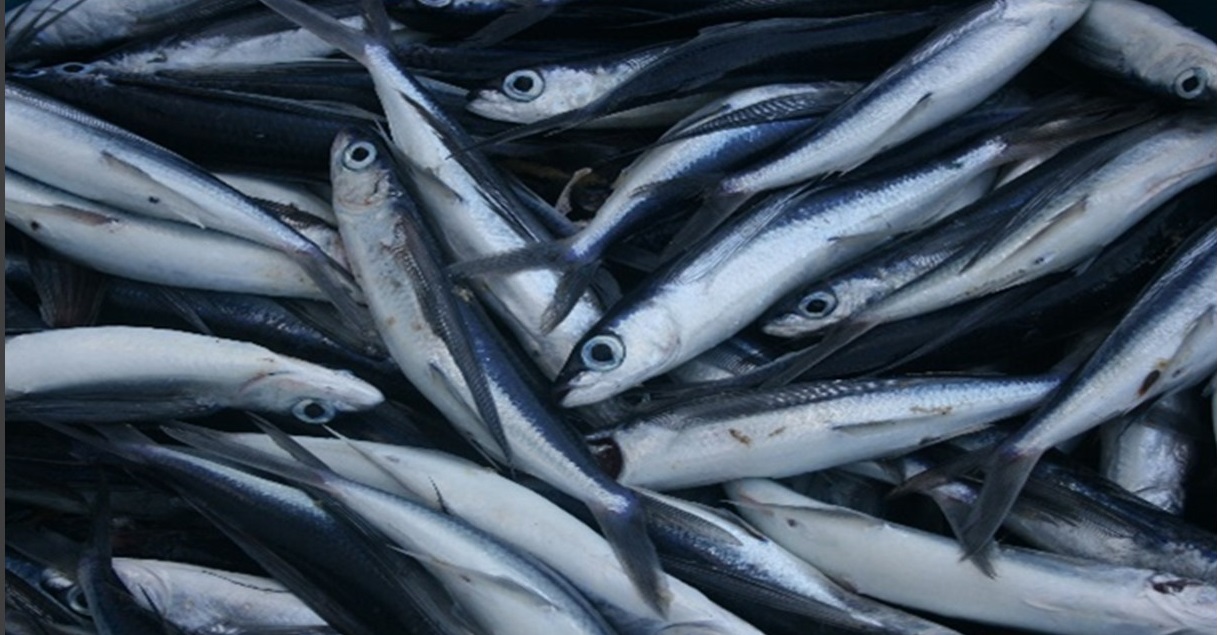The Caribbean Regional Fisheries Mechanism (CRFM) today announced immediate availability of The Eastern Caribbean Flyingfish Management Plan 2020-2025 (ECFFMP 2020-2025).
“We see the ECFFMP 2020-2025 as contributing to efficient fishing activities within an economically viable and competitive small-scale fisheries sector. This should engender a comfortable standard of living for those who depend on flyingfish as a significant part of their income and culture,” said Peter A. Murray, Senior Fisheries Development and Management Advisor at the CRFM Secretariat.
Murray added that, “This ECFFMP effort is an important step in the process of putting the ecosystems approach to fisheries into practice both on land and in the sea – to truly ensure that there is fish for life.”
He informed that this iconic species of economic and cultural significance to our region is harvested by fishers using over 1,700 boats across the Eastern Caribbean.
The first Eastern Caribbean Flying Fish Fisheries Management Plan (2014-2019) was approved in May 2014 by CARICOM fisheries ministers, assembled as the CRFM’s highest decision-making body – the Ministerial Council. It marked the first time the Caribbean Community approved a Sub-regional fisheries management plan for the shared resource.
The Eastern Caribbean Flyingfish Management Plan (2020-2025), which was approved by the CRFM Ministerial Council in 2019, is an updated version of the 2014-2019 plan, driven by feedback from scientists, fishers, and fisheries officers in CRFM Member States that depend on the flyingfish fishery.
The goals of the ECFFMP are enhanced governance, stakeholder management culture, data management and adaptive management areas in the seas and islands of the CARICOM region to achieve sustainable use of the stocks.
The CRFM Secretariat developed the Eastern Caribbean Flyingfish Fishery Management Plan (2020-2025) with generous funding via the UNDP/GEF project, “Catalysing Implementation of the Strategic Action
Programme for the Sustainable Management of shared Living Marine Resources in the Caribbean and North Brazil Shelf (CLME+ Project)”.
The ECFFMP is intended to be used as a daily guide and handy reference by technocrats and primary stakeholders in policymaking and execution of the ecosystem approach to fisheries.
To mark the release of the plan and to foster public awareness of its purpose and promise, a limited series of not-for-sale promotional items, ranging from caps and bags to notebooks and flash drives, was also produced for distribution to a variety of stakeholders, from high school students to fishers to householders.
In addition, a companion brochure, intended to aid in the marketing of the ECFFMP, has been designed. The brochure is a fisher-friendly vehicle for communicating and promoting a new brand and logo for the ECFFMP. While technocrats – fisheries officials – form the book’s primary audience, the brochure was written and designed for larger public audiences – from fishers to high school students. The brochure reinforces the concept of the ecosystem approach to fisheries (EAF), which guides the fisheries management plan.
Murray said: “EAF is identified as a ‘fundamental principle’ to guide implementation of the Caribbean Community Common Fisheries Policy (CCCFP) and is recognized in the CCCFP for the conservation and management of CARICOM’s fisheries resources.”
He explained that beyond the CARICOM/CRFM sub-region, the EAF has also gained traction as marine ecosystem-based management (EBM) incorporated into a vision for the Wider Caribbean Region. As such, CRFM Member States and stakeholder organisations, of several types and at several levels, have already expressed their commitment to EAF through both words and action.
The management plan project is being implemented in collaboration with six national focal points, the fisheries divisions of Barbados, Grenada, Saint Vincent and the Grenadines, Saint Lucia, Dominica, and Trinidad and Tobago.
Although Antigua and Barbuda lacks a flyingfish fishery, its fisheries authorities have expressed an interest in keeping abreast of the ECFFMP. Therefore, they are included to a limited extent in the project.
“The commercial significance of flyingfish to the six focal point nations means that public education and awareness are essential to making the plan work for the benefit of all those who live on and from this species,” the fisheries advisor said.




